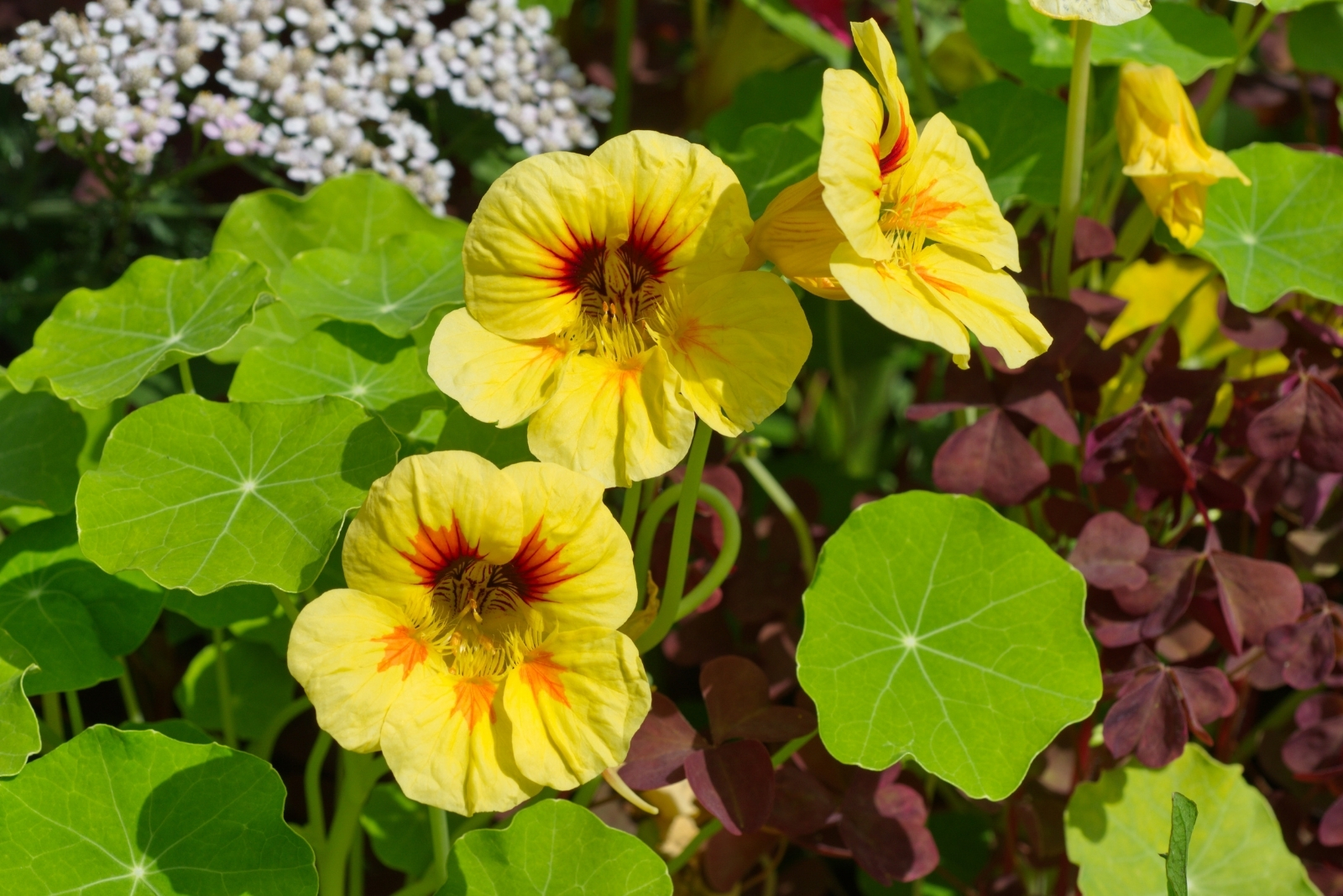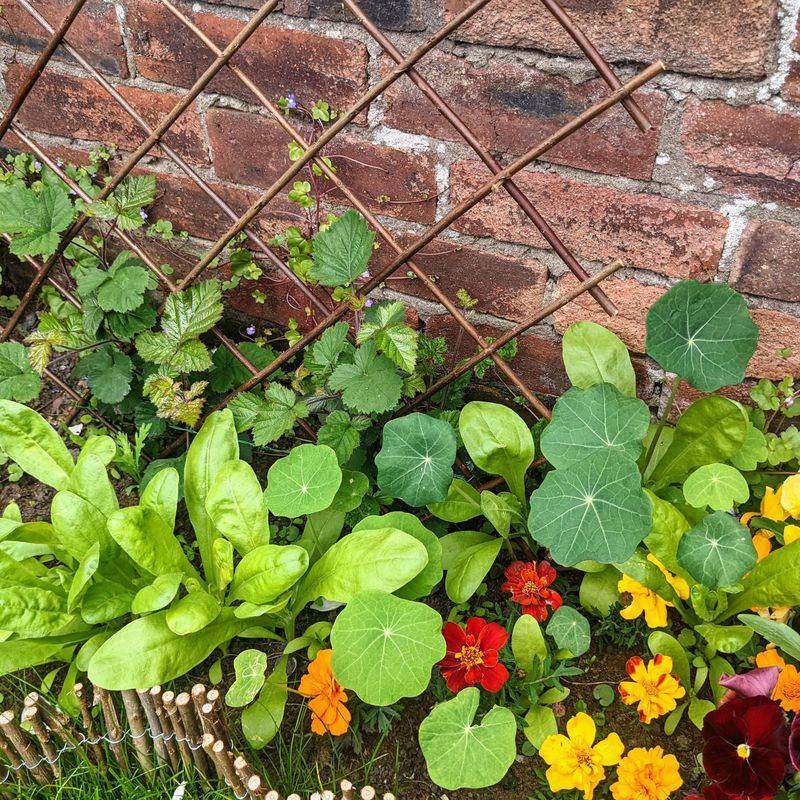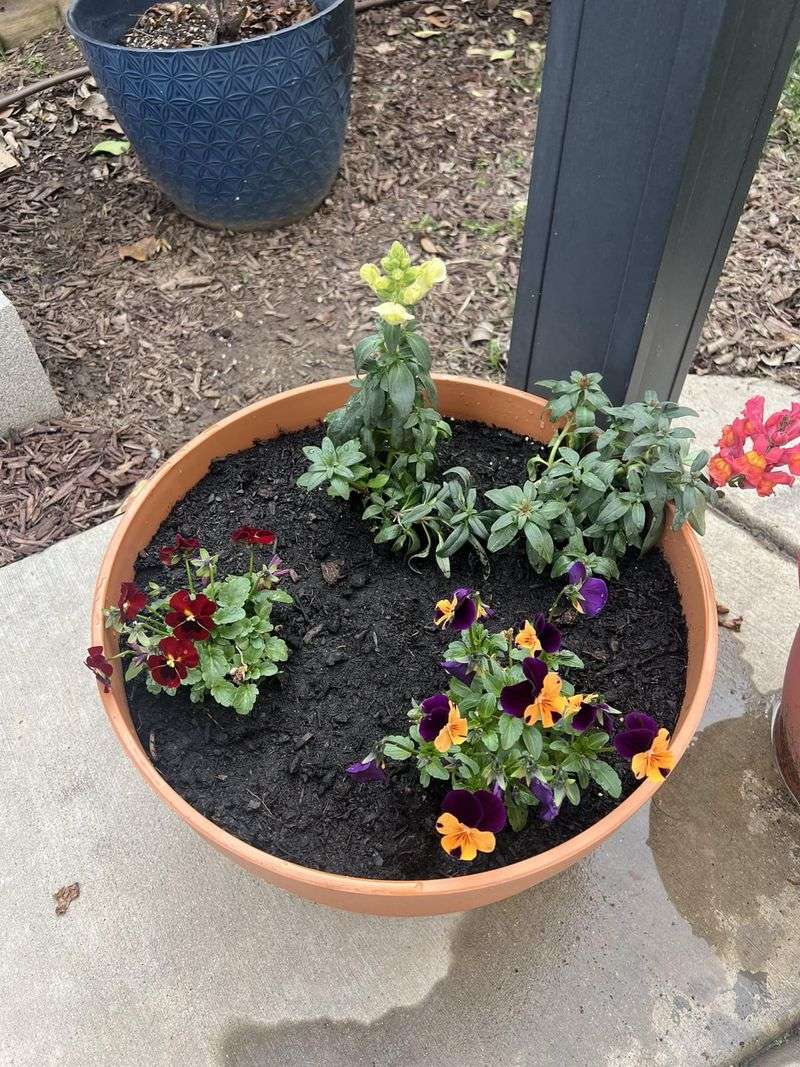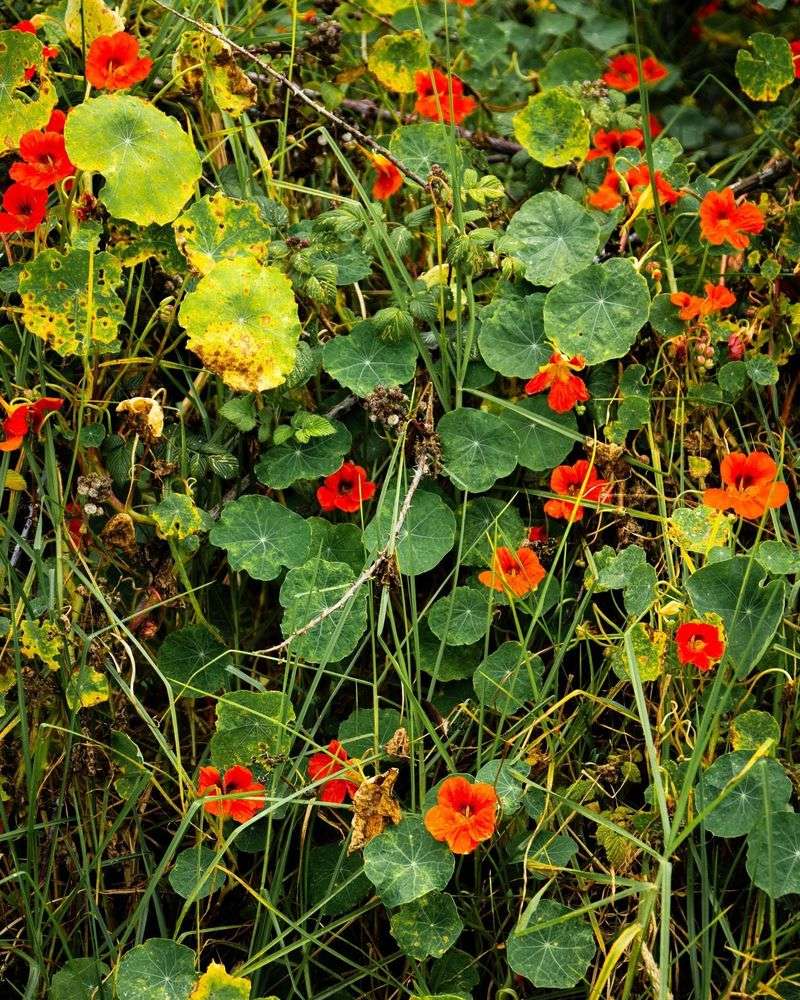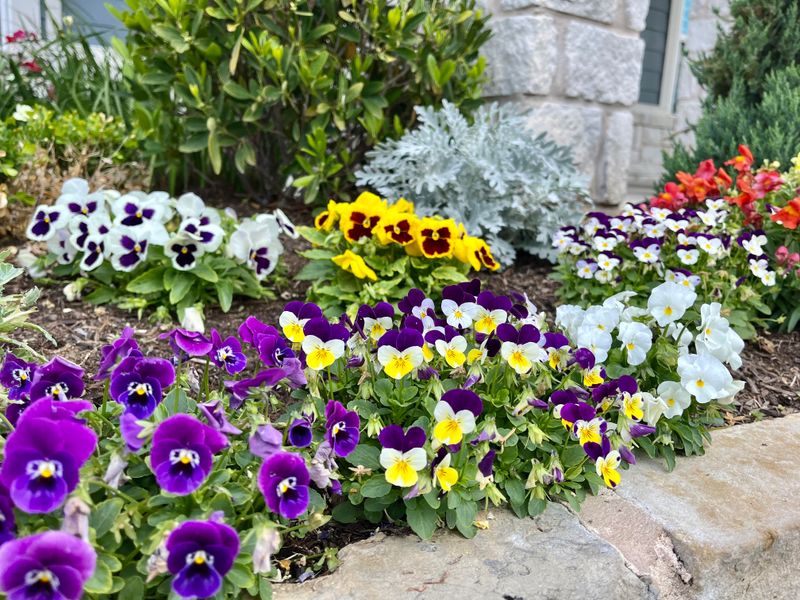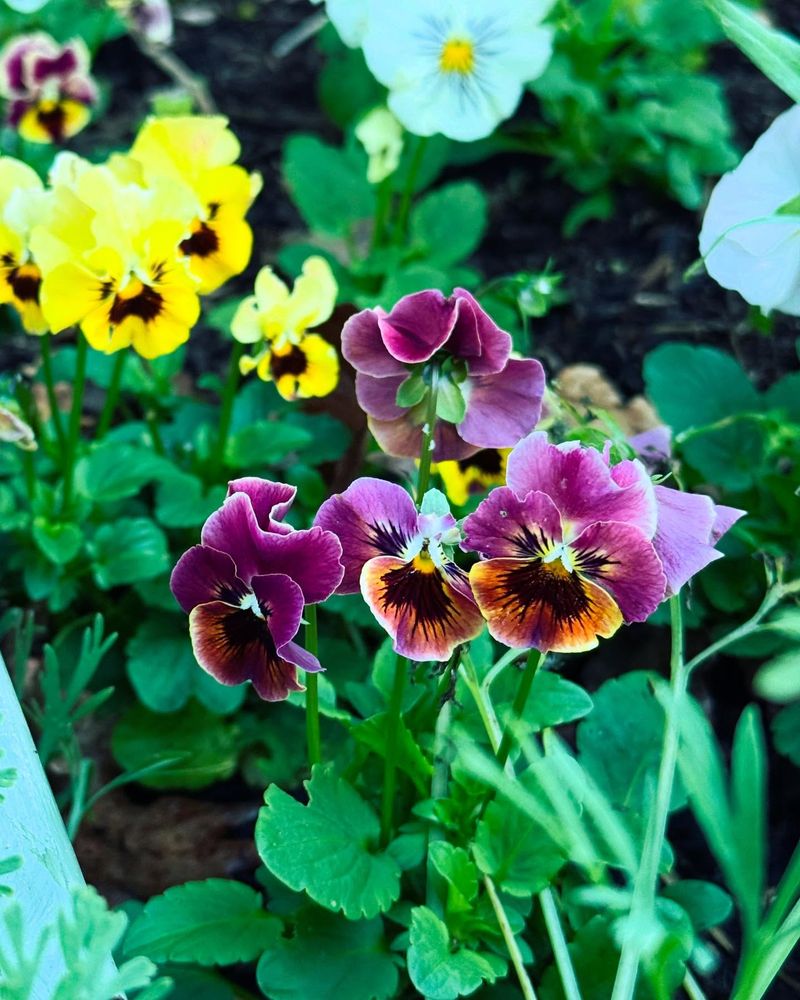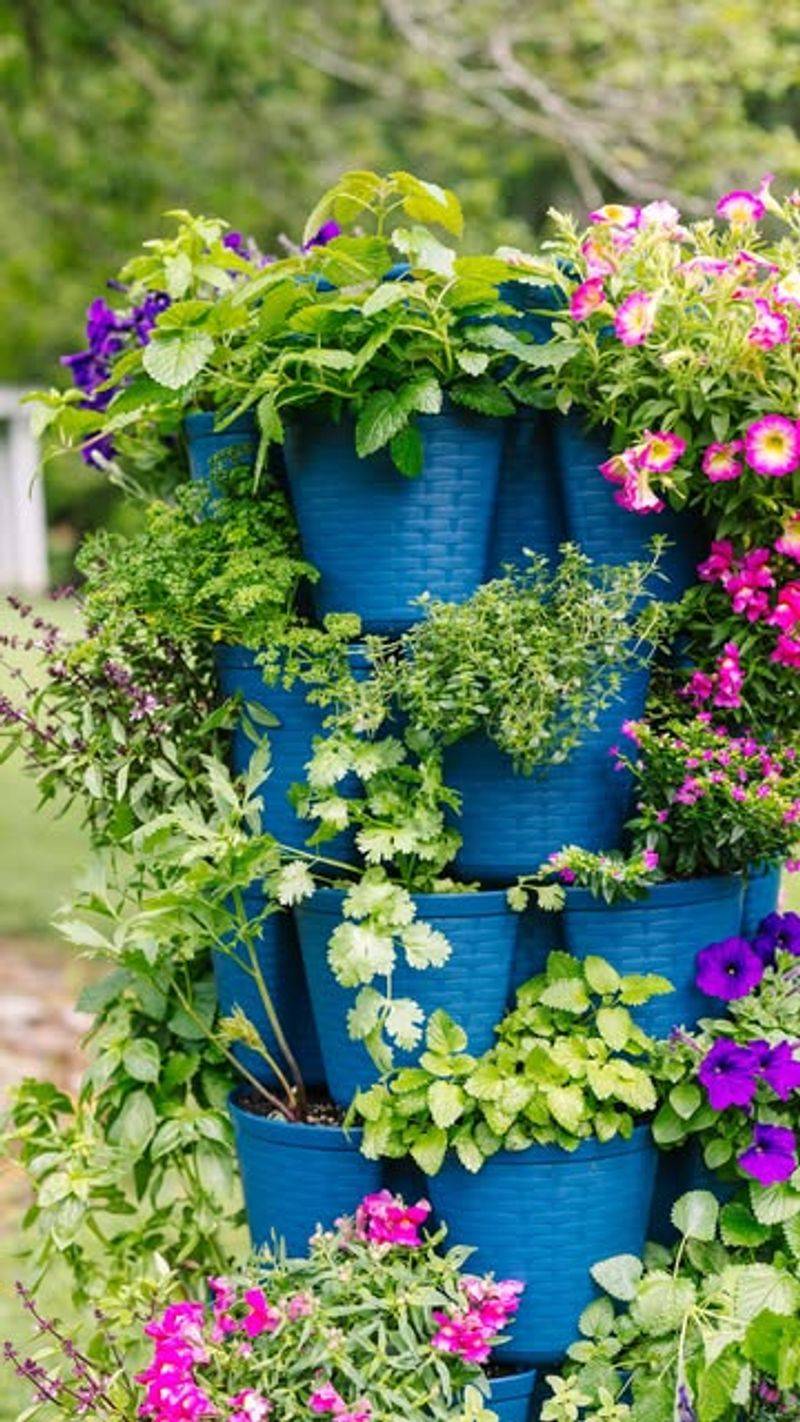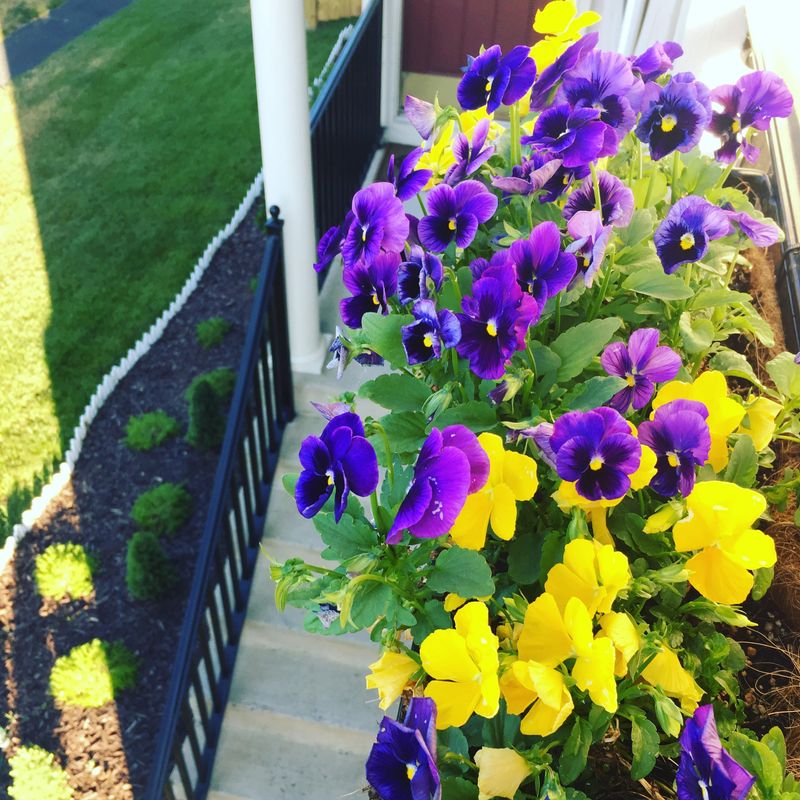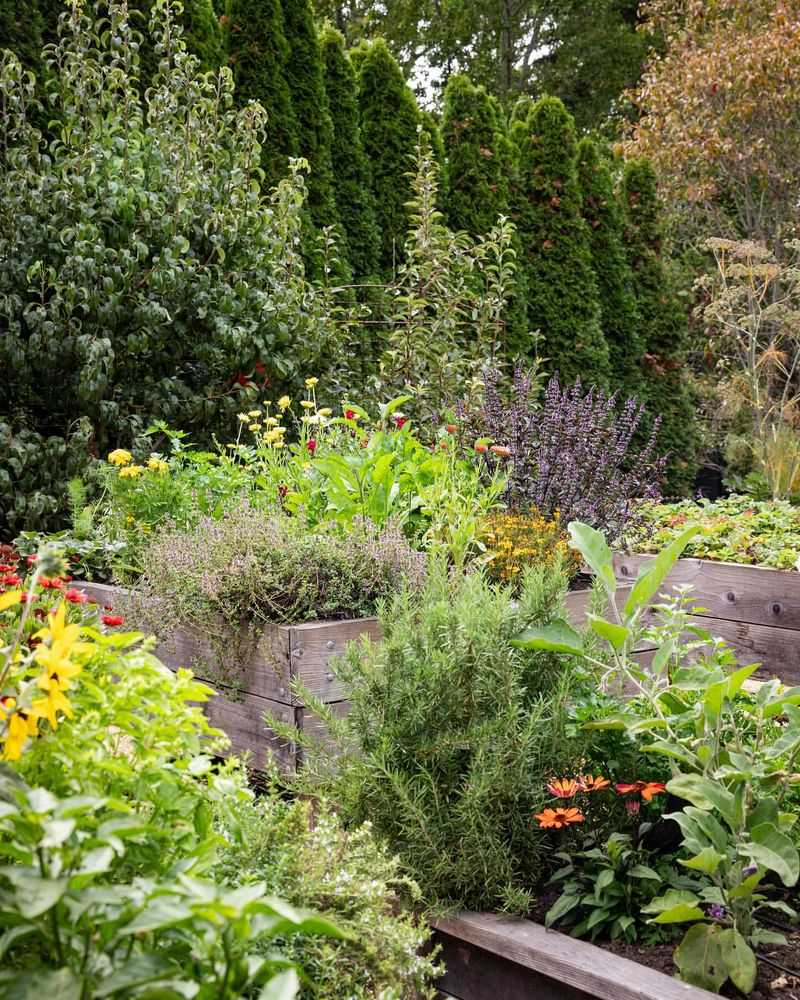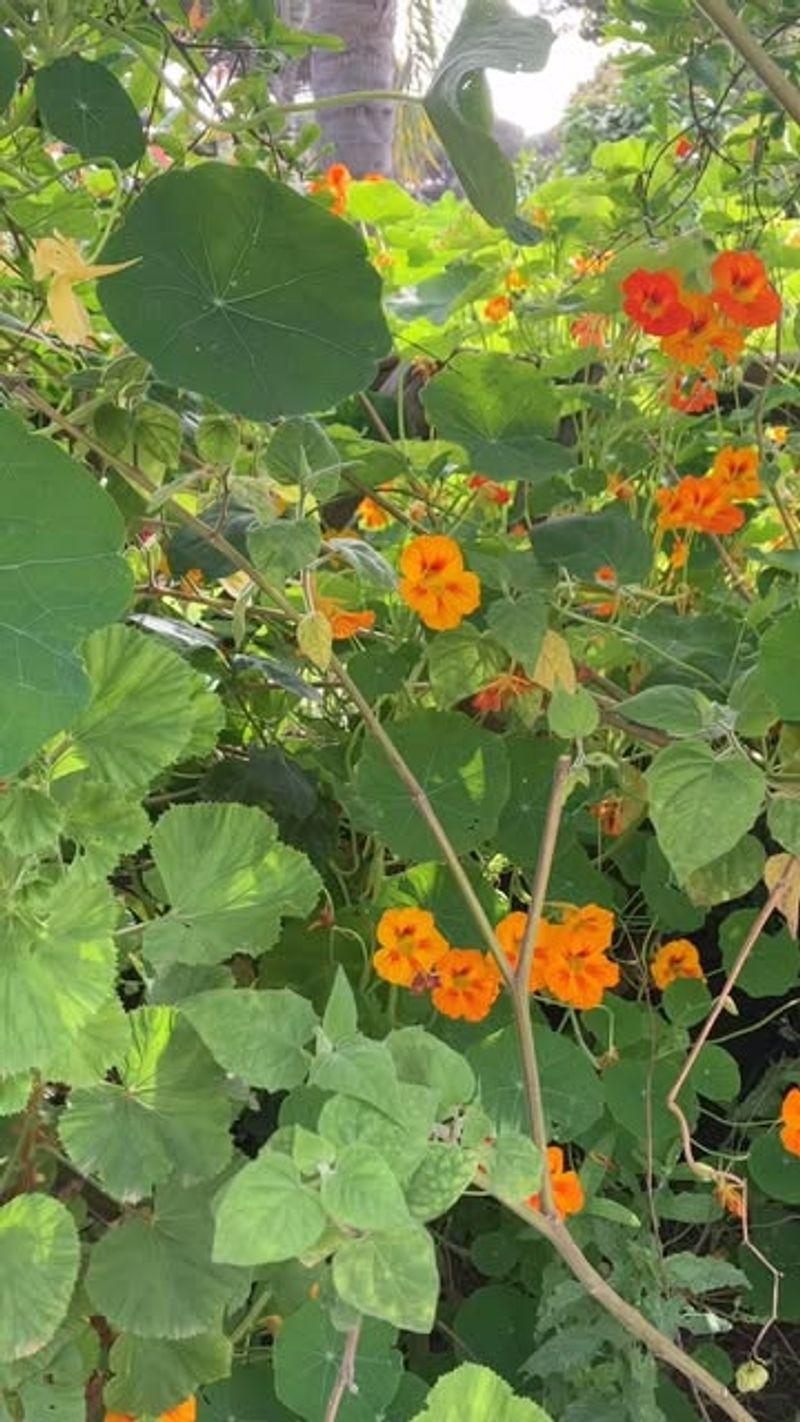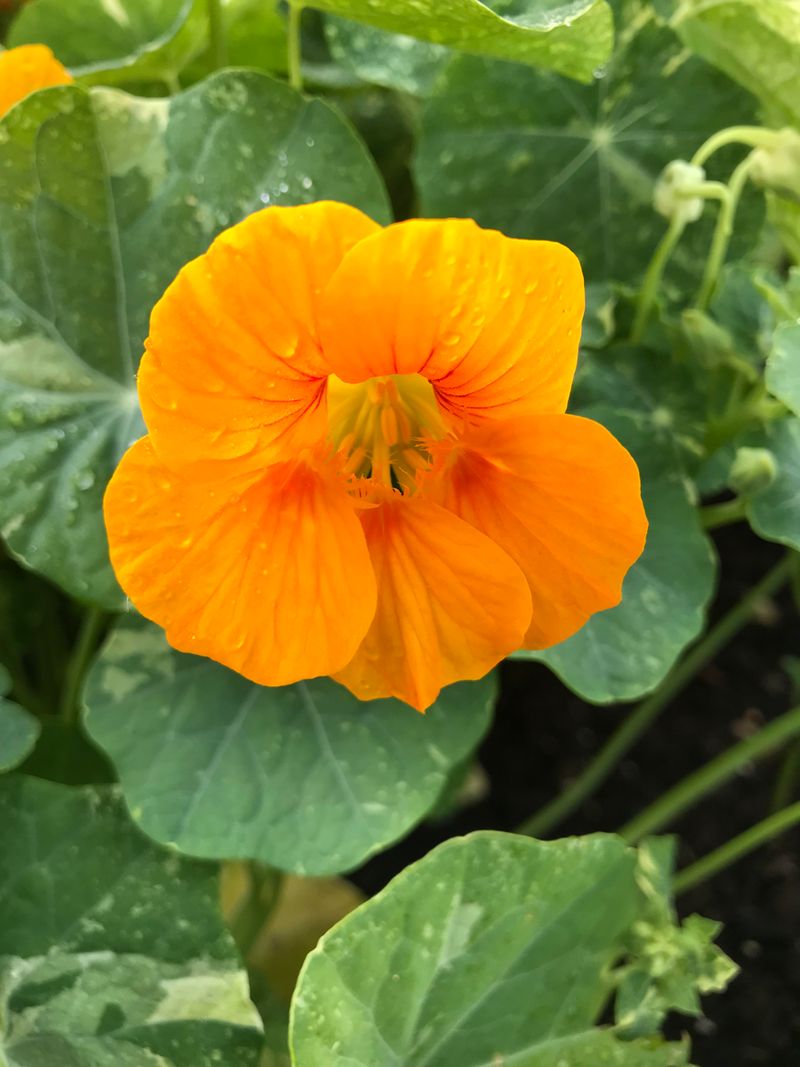Boston’s terraces can be more than just a pretty view—they can be a snack stop too. Imagine strolling outside and plucking peppery nasturtium petals or sweet pansy blooms right from your own walkway.
These colorful little edibles turn ordinary paths into flavorful trails. Plus, they make the space smell amazing. It’s a win for both your taste buds and your garden’s charm.
1. Spiral Staircases
Winding spiral staircases in Boston terraces make perfect vertical real estate for cascading nasturtiums. The bright flowers trail beautifully downward, creating a living waterfall of edible blooms.
Massachusetts homeowners appreciate how these space-saving structures allow for maximum growing area while maintaining accessibility. Simply plant at the top and enjoy the colorful descent.
2. Container Borders
Line the edges of your terrace with mismatched containers full of peppery nasturtiums and sweet pansies. The contrast of heights and textures creates visual interest while defining walkable paths.
Many Boston residents find this approach perfect for rental properties. The Bay State’s variable climate is no match for these hardy flowers that thrive in containers with minimal care.
3. Living Stepping Stones
Create gaps between flat stepping stones where nasturtiums and pansies can flourish. As you walk the path, you’ll brush against aromatic leaves and have edible flowers within easy reach.
The hardy nature of these plants makes them perfect for Massachusetts’ changeable weather patterns. They’ll happily grow between stones, requiring minimal soil and creating a magical carpet effect.
4. Vertical Pallet Gardens
Repurposed wooden pallets stand upright against terrace walls, creating vertical growing spaces for nasturtiums and pansies. The flowers cascade from different levels, forming a living wall alongside your walking path.
Massachusetts urban dwellers love how these structures maximize limited space. The vertical orientation allows for easy harvesting while walking by – just pluck and add to your salad!
5. Hanging Basket Canopies
Suspend multiple hanging baskets at different heights above your terrace pathway. Trailing nasturtiums and pansies create a magical tunnel effect as they grow downward.
Boston’s urban gardeners find this technique transforms ordinary walkways into enchanted passages. Massachusetts residents particularly enjoy how this approach maximizes growing space without sacrificing precious floor area on compact terraces.
6. Tiered Planter Staircases
Stack progressively smaller planters to create miniature staircases along terrace edges. Fill each tier with nasturtiums and pansies that cascade over the edges, softening the geometric shapes.
Many Massachusetts homeowners incorporate these structures to maximize growing space on small terraces. The Bay State’s variable sunlight patterns work perfectly with this setup, as plants at different heights receive optimal light exposure.
7. Windowbox Pathways
Mount traditional windowboxes at knee height along terrace railings to create elevated edible gardens. The boxes run parallel to walking paths, making it easy to harvest flowers while enjoying the view.
This technique is particularly popular in historic Boston neighborhoods where space is limited. Massachusetts gardeners appreciate how these accessible plantings make harvesting simple while preserving precious floor space for seating and entertaining.
8. Repurposed Furniture Gardens
Old dressers with drawers pulled out at varying lengths create whimsical planters. Position these unique growing spaces alongside walking paths for easy access to edible flowers.
Creative Massachusetts residents love giving new life to vintage furniture this way. The Bay State’s antique markets provide perfect finds for these conversation-starting planters that add character while defining foraging paths.
9. Edible Archways
Install simple metal arches over terrace pathways and train nasturtiums to climb them. The flowers will create living tunnels that provide shade and edible blooms within arm’s reach.
Many Boston gardeners use this technique to define different areas on larger terraces. Massachusetts summer heat is tempered beneath these fragrant, edible canopies, making the paths below pleasantly cool even on hot days.
10. Gutter Gardens
Mount rain gutters along terrace walls at different heights, creating horizontal growing channels. Fill with soil and plant alternating sections of nasturtiums and pansies for a striped effect.
This space-saving solution is perfect for Massachusetts urban dwellers with limited floor space. Boston’s rainfall patterns keep these channels naturally irrigated, while strategic placement ensures the plants get adequate sunlight.

